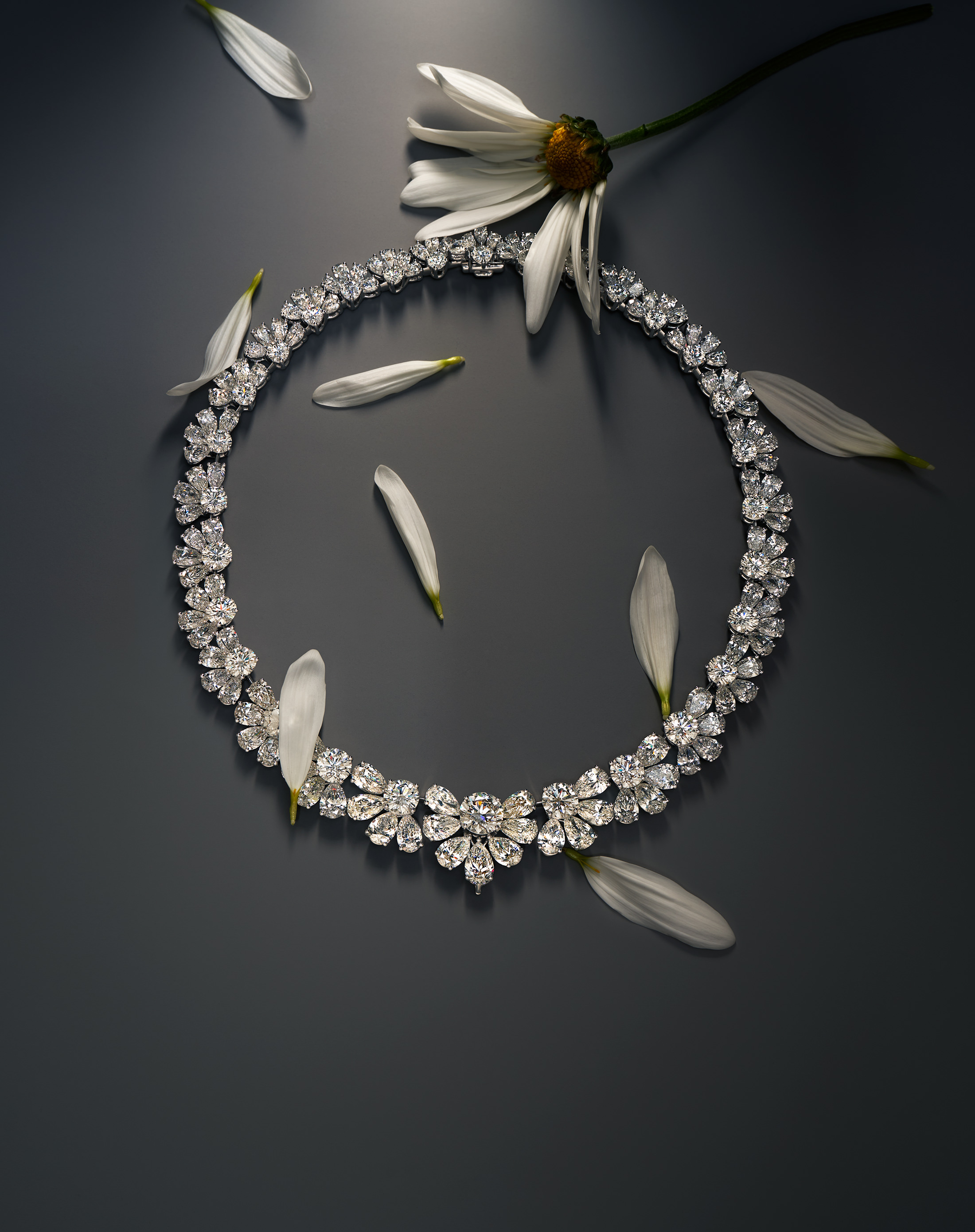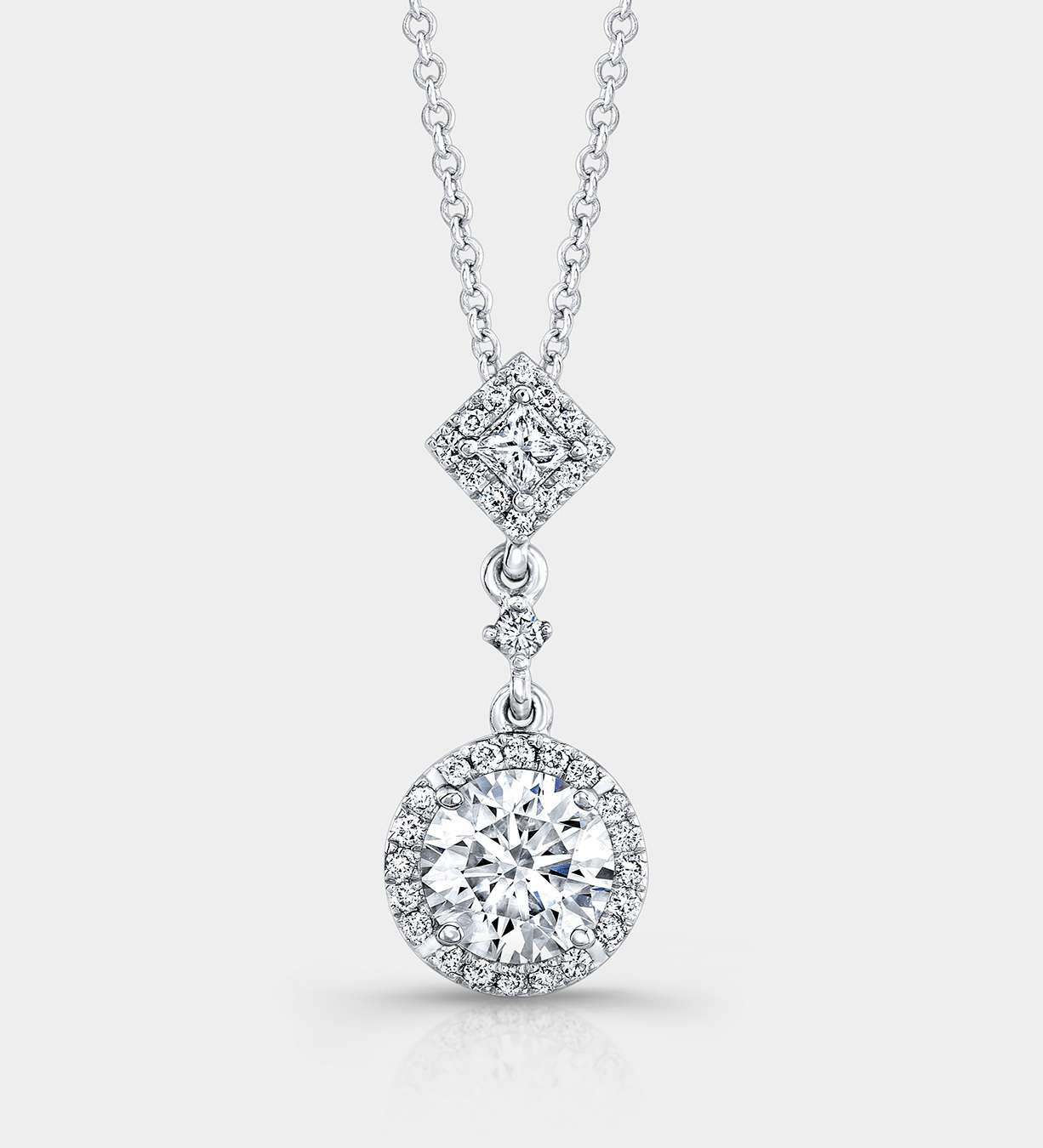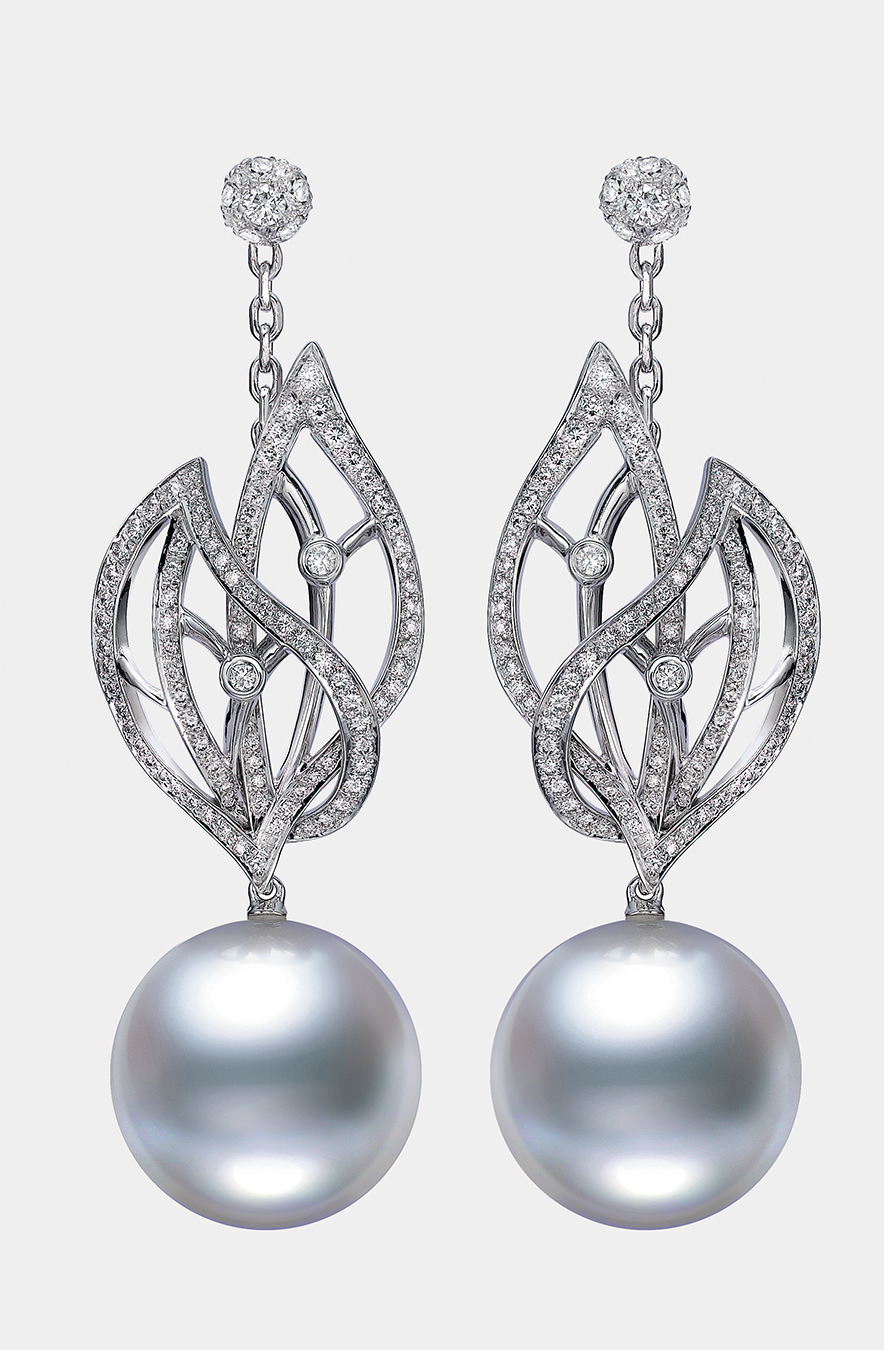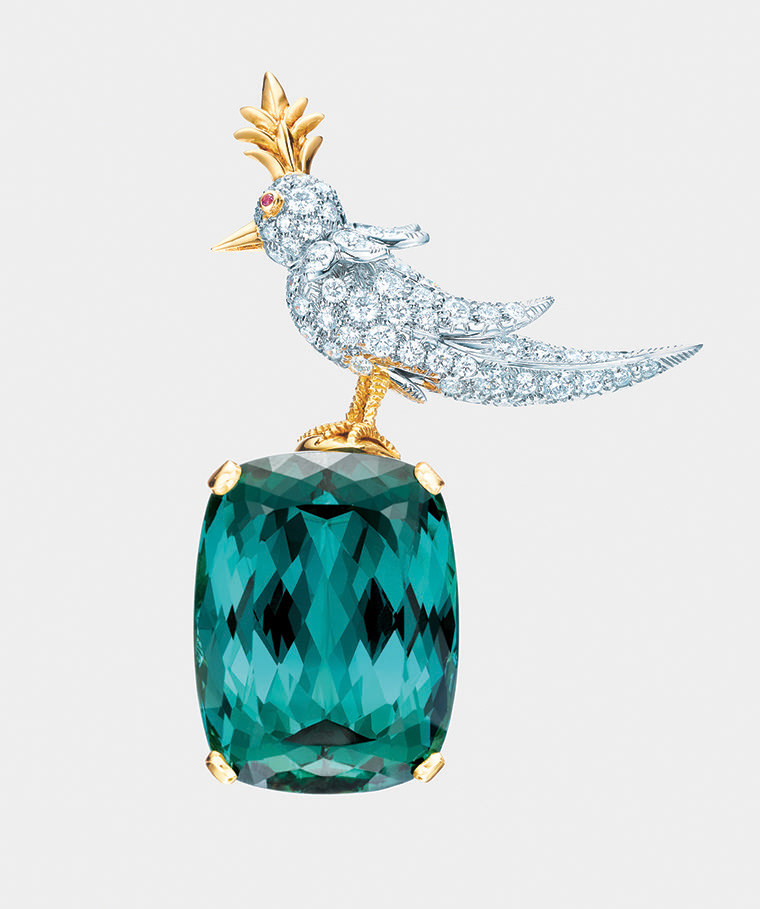King of Diamonds
Laurence Graff's passion for diamonds has led him to build a global empire with a direct line to the world's finest stones.

In November 2015, miners in the Lucara Karowe mine in north-central Botswana unearthed the massive 1,109-carat Lesedi La Rona, the largest gem-quality rough diamond discovered in more than a century and the second largest ever found. The tennis-ball-sized stone was more than just astonishingly large; it also dazzled with extraordinary quality and clarity.
You might expect such a grail stone would be destined to land in the vaults of a famed jewellery house such as Harry Winston or Cartier, but London’s Graff captured the prize after more than a year of negotiations, for $53-million (U.S.). Some consider that a bargain since the diamond had failed to achieve its reserve price of $70-million (U.S.) in a 2016 Sotheby’s auction, where the highest bid reached $61-million (U.S.).
Once Graff took possession of the monumental gem, its gemologists and master gem cutters and polishers spent more than a year analyzing the stone, devising an optimal plan for cutting it, then slicing and polishing it. Their detailed work will create 67 Lesedi La Rona diamonds, ranging in size from under a carat to more than 100 carats, all GIA certified with top-D colour, the highest grade for a diamond, and exceptional clarity. Each stone is laser inscribed with a unique ID number, invisible to the naked eye, to ensure its authenticity.
Last fall, Graff unveiled the first pieces set with stones cut from the Lesedi La Rona, which means “our light” in Botswana’s Tswana language. The stones are featured in a selection of solitaire rings, earrings, and pendants that highlight the extraordinary gems as eye catching centre stones. One showstopper is a solitaire ring set with a 13.98-carat D-Flawless oval stone.
Many such historic and important rough diamonds discovered this century have passed through Graff’s hallowed halls, including a remarkable 373-carat rough diamond originally part of the Lesedi La Rona rough during the mining process. In 2006, Graff bought the 603-carat rough Lesotho Promise, which yielded 26 stones that were featured in a necklace of the same name in 2008.
While Graff may not exactly be a household name, in the rarefied world of exceptional diamonds and opulent high jewellery, its founder, Laurence Graff, is a rock star among the cognoscenti. His rags-to-riches story is the stuff of legend: from a 15-year-old apprentice who was told he would never make the grade, he became the billionaire “King of Diamonds”, who caters to movie stars and royalty. He has even been decorated with the Order of the British Empire by Queen Elizabeth.
“As a vertically integrated company, we have complete control over every stage of the jewellery-making process, from the sourcing of the rough stones all the way through to the crafting of the finished jewel.”
Established in 1960, Graff now has nearly 60 boutiques worldwide, including a new Vancouver one, opened this past December by the Birks Group, marking Graff’s first foray into Canada. With Laurence as chairman and his son Francois at the helm as CEO, Graff remains a family-owned global empire stretching from African mines to posh boutiques.
Graff has a stake in Gem Diamonds (mines in Lesotho and Botswana), in addition to being the controlling shareholder of the South African Diamond Corporation, one of that country’s leading diamond producers. And it controls its own pipeline, sourcing the world’s finest gems for its discriminating clientele. Francois explains, “As a vertically integrated company, we have complete control over every stage of the jewellery-making process, from the sourcing of the rough stones all the way through to the crafting of the finished jewel, which means we can supply ourselves with exactly what we need to make the most fabulous jewels for our stores worldwide. This makes us quite unique and allows us to maintain our position at the pinnacle of the industry.”
While the Lesedi La Rona pieces are extremely limited, items from the brand’s more widely accessible main collections still elicit oohs and aahs with outrageous white and fancy-coloured diamonds, sometimes in combination with top-quality emeralds, rubies, and sapphires. And in 2008, Graff expanded into complicated mechanical watches, working with leading Swiss talents to launch its first pieces, the Graff SuperStar, ChronoGraff, and MasterGraff. In keeping with the brand’s bold image, the timepieces are often lavishly set with gems.
“The inspiration for our jewellery comes from the stones themselves. Miracles of nature many millions of years old, they are the stars of everything we create. Ever since the founding of Graff, a member of the family has personally selected every stone to ensure that when a client visits one of our stores, they are shown only the best diamonds and gemstones.”
Following his training, and while partnering with a senior jeweller, Laurence Graff started making his own name in the business with a cache of 33 small diamonds that he acquired from a dealer for £60 (roughly $165 Canadian at the time). Rather than create dozens of individual rings, as most jewellers would have done, he decided to make a statement by packing them all into one. He sold the extravagant piece to a jeweller, who soon requested another, and he continued supplying retailers until, in 1962 at the age of 24, he opened his own stores. To this day, Graff’s more-is-more design mantra defines the brand’s signature aesthetic.
“The inspiration for our jewellery comes from the stones themselves,” says Francois. “Miracles of nature many millions of years old, they are the stars of everything we create. Ever since the founding of Graff, a member of the family has personally selected every stone to ensure that when a client visits one of our stores, they are shown only the best diamonds and gemstones.”
Last year’s Inspired by Twombly collection is named after the modern artist Cy Twombly, in a nod to Laurence Graff’s impressive art collection which includes modern and contemporary masterpieces by Twombly, Andy Warhol, Keith Haring, and Jean-Michel Basquiat. Graff’s designers interpreted Twombly’s scrolling calligraphic artworks using platinum, white gold, diamonds, rubies, and sapphires as media. The jewels evoke the artist’s swirling doodles with curvaceous flowing ribbons set with cascades of round and invisibly set diamonds and vibrant coloured gems. “The sleek architecture of our jewels, designed to enhance the drama and personality of the stones, gives them a sensuous, feminine power,” Francois says. “This is perfectly exemplified by the Inspired by Twombly collection. Surprising and exciting, it captures the very best of Graff: beautiful stones set in unique designs that display extraordinary creativity and craftsmanship.”
The expansion into Canada marks yet another milestone for the company. “This launch is a very significant moment for us,” Francois says. “For the first time, the international clientele in Vancouver can enjoy the full Graff experience.”
_______
Never miss a story. Sign up for NUVO’s weekly newsletter, here.




